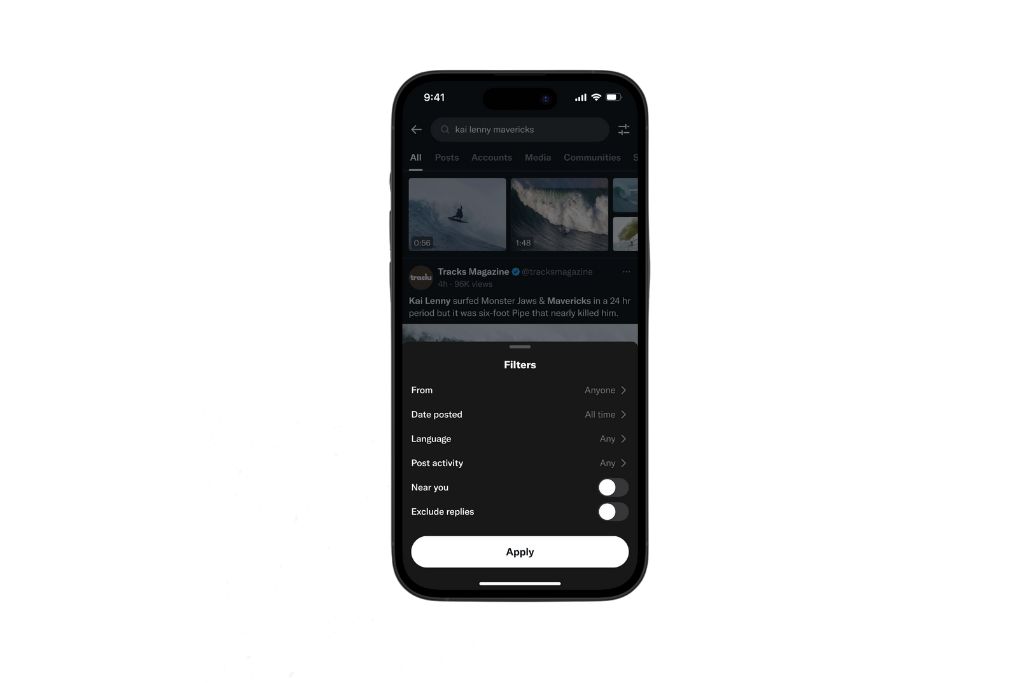Toyota and Lexus have announced their plans to adopt the Tesla NACS (North American Charging Standard) for their electric vehicles by 2025. This comes after a long period of resistance from the automakers in accepting the renowned electric vehicle charging standard.
In a press release from Toyota Motor North America, the company stated that they have reached an agreement with Tesla to integrate the NACS ports into their battery electric vehicles (BEVs). This move is part of Toyota’s electrification strategy and aims to add more compatibility to their vehicles.
The adoption of the Tesla NACS has been growing in the tech industry, with many automakers and companies choosing to incorporate the new ports into their EVs. BMW was one of the recent brands to join the trend before Toyota and Lexus.
Starting in 2025, Toyota’s newly released BEVs will feature the NACS ports, while those with the Combined Charging System (CCS) will have an adapter for compatibility.
Apart from the NACS ports, Toyota and Lexus will also have access to over 12,000 Superchargers across North America as part of their agreement with Tesla. Superchargers are known for their fast charging capability and are compatible with NACS ports through adapters.
The Tesla NACS has gained traction in the industry, with several automakers adopting the standard. General Motors, Ford, Fisker, and other renowned rivals have all chosen to integrate the NACS into their electric vehicles. European companies like Volvo and BMW have also joined the trend.
It is important to note that adopting the NACS does not mean bowing down to Tesla, but rather recognizing its establishment as the standard in the industry. Toyota and Lexus are the latest companies to announce their use of the North American Charging Standard, with all their future EVs either featuring a native NACS port or a connector for Superchargers.
Overall, the adoption of the Tesla NACS by Toyota and Lexus signifies the growing importance of standardization in the electric vehicle charging infrastructure. By embracing this standard, the automakers are aiming to provide more convenience and compatibility for their customers.




